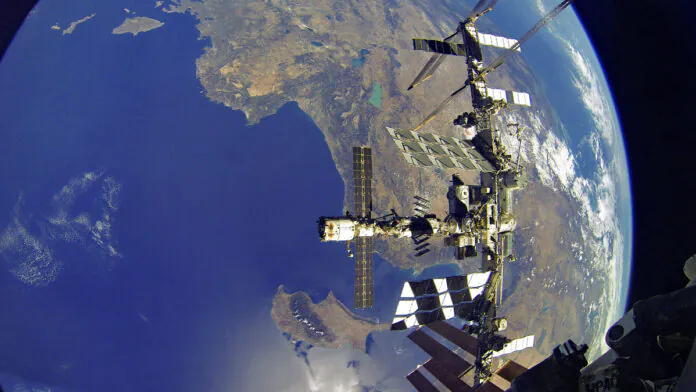© ROOT-NATION.com - Use of content is permitted with a backlink.
As part of its efforts to expand its focus on space, Microsoft has developed a platform for in-orbit computing so that spacecraft carrying artificial intelligence (AI) workloads can connect to the Azure hypercloud.
As part of the first of a series of space-oriented partnerships, the software giant is working with Thales Alenia Space to demonstrate and test in-orbit computing technology aboard the International Space Station. Together, the two companies will deploy a powerful orbital computer, an orbital software platform and high-performance Earth observation sensors to create new programs for processing climate data in orbit.
Microsoft is also working with Loft Orbital to provide a new way to develop and test software for space systems at Microsoft Azure. These programs will then be seamlessly deployed on satellites in orbit using Loft Orbital space infrastructure tools and platforms.
Finally, Microsoft is working with Ball Aerospace to create a series of test satellites in orbit that will be used to deploy new software and hardware for the US government. Both companies will work together on these spacecraft missions to demonstrate processing technology that is reconfigurable in orbit using the Azure cloud.

Satellite imagery is already a valuable asset, but when used with geospatial artificial intelligence, analysts can track changes in relevant areas of interest.
This will be especially useful for industries that track, measure and/or monetize large areas of the Earth. However, satellite imagery consists of unstructured big data, which requires significant resources for conversion and analysis to access and store information, and to use it as structured data.
To help accomplish this task, Azure Space has released a new reference architecture that explains how to apply AI to satellite imagery on a scale using Azure resources. For geospatial analytics and AI for remote sensing, Microsoft is already working with Blackshark.ai, Orbital Insight and Esri, and customers who want to create AI can use the company’s tools, including Azure Machine Learning.
Most likely, we will hear more from the Azure Space team about its next steps in space as soon as its orbit computing projects enter the testing phase.
You can also help Ukraine fight with Russian occupants via Savelife or via an official page of the National Bank of Ukraine.
Read also:
- The ruins of Mariupol and the mass grave in Bucha are visible from space
- Why spacecraft use processors from the 20th century


